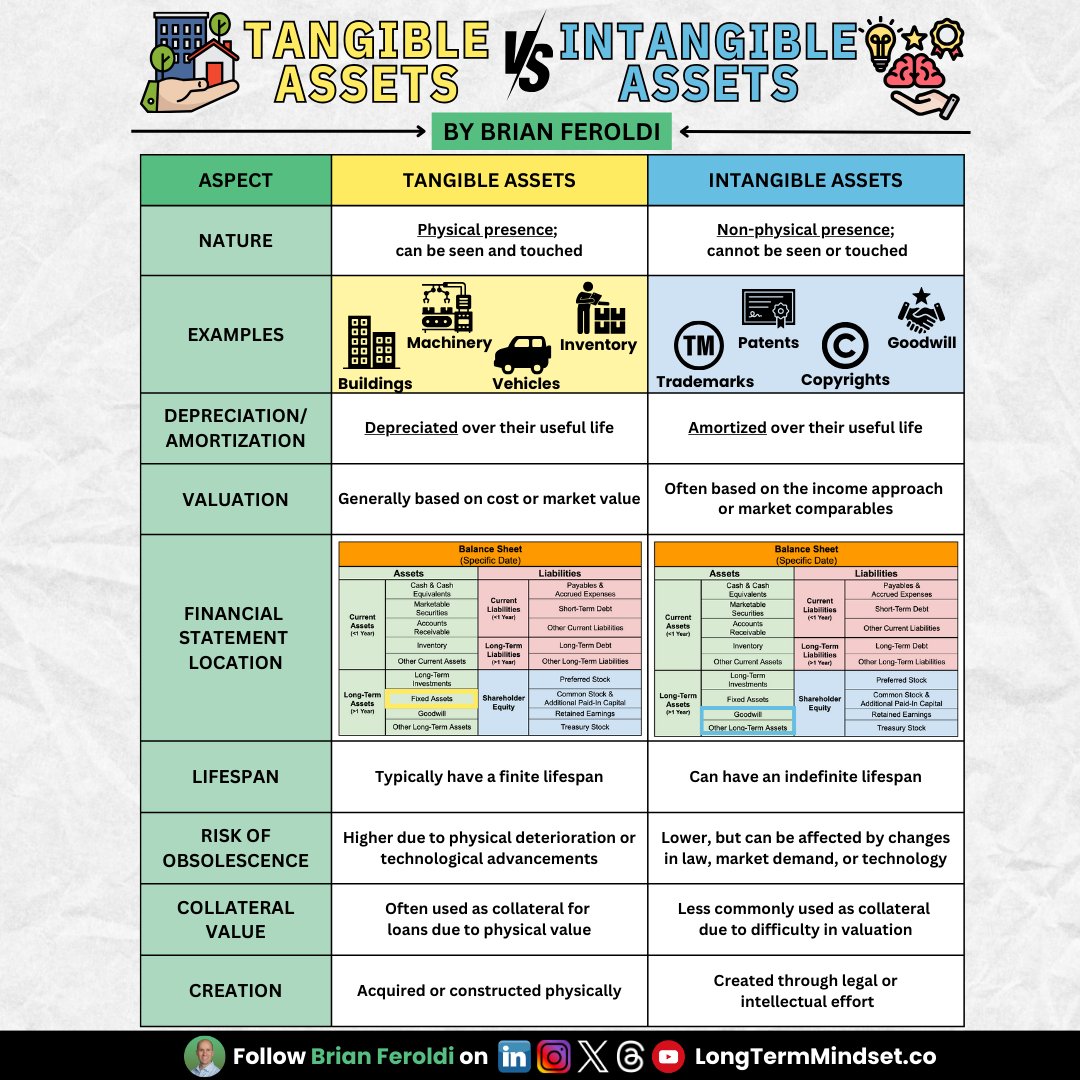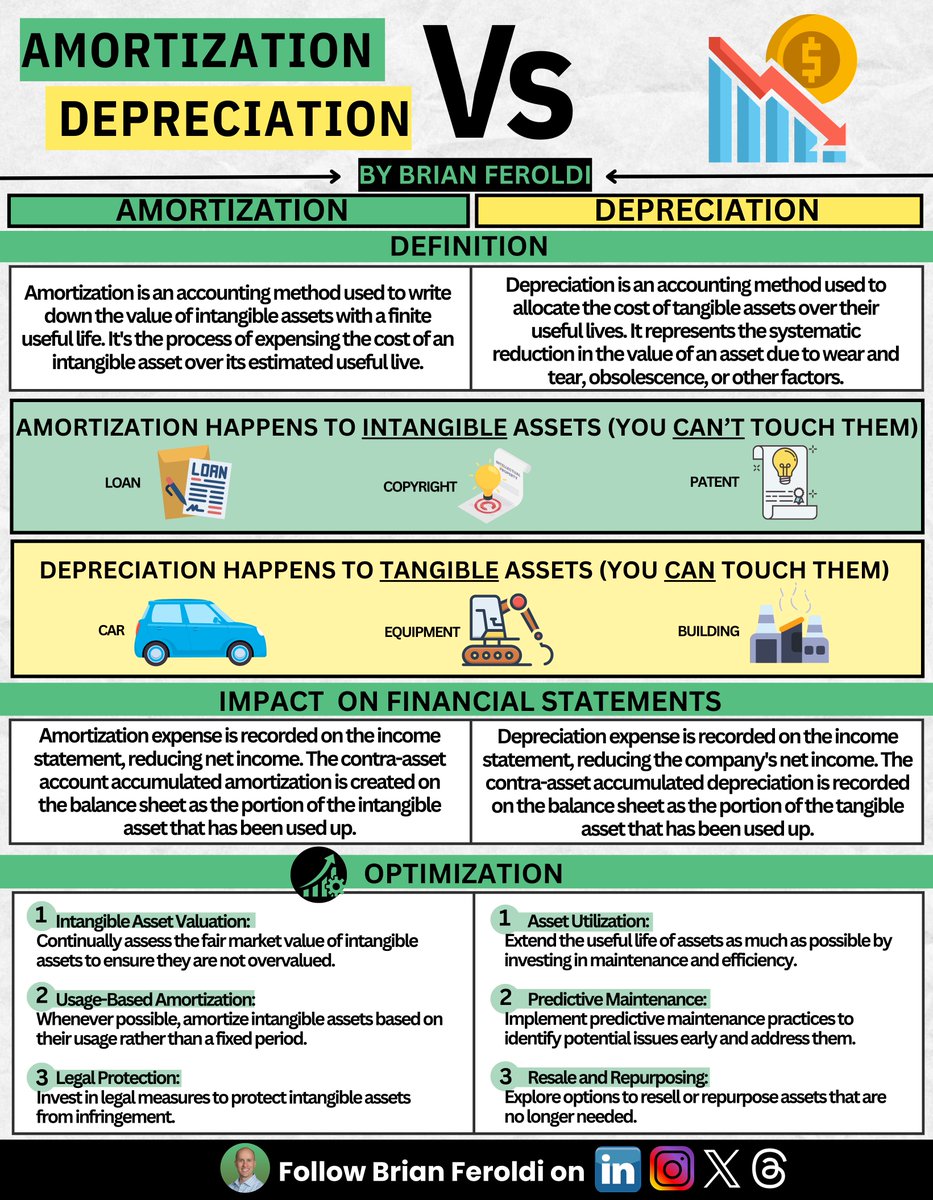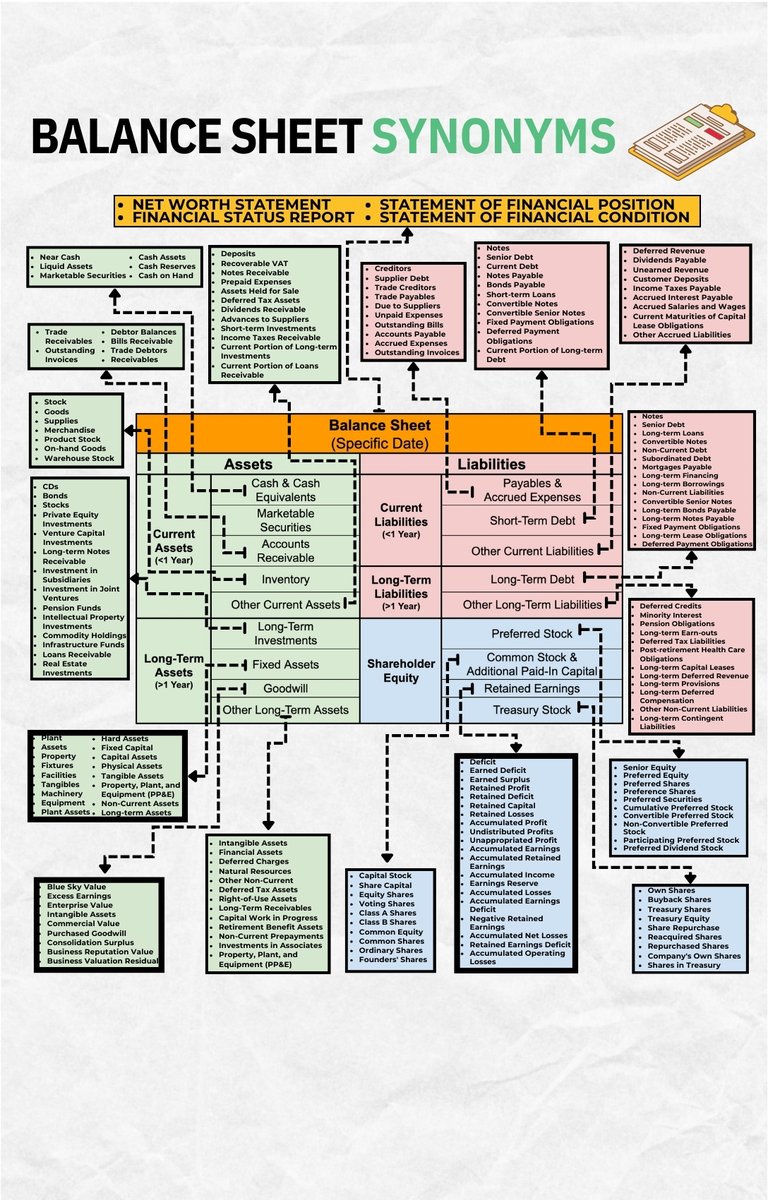I've been investing for 18+ years
I've made TONS of mistakes along the way
Here are 10 critical investing lessons I wish I could teach my younger self:
I've made TONS of mistakes along the way
Here are 10 critical investing lessons I wish I could teach my younger self:
1/ Stock prices & business profits are not at all linked in the short-term, but they are 100% linked in the long-term
Watch the business, not the stock
Watch the business, not the stock

3/ Compounding pays off the most in the out-years
Optimize for longevity first, everything else second
Optimize for longevity first, everything else second

6/The P/E ratio is only useful when a company is fully optimized for profits (stage 4)
It's most deceiving in stages 3 & 5
It's most deceiving in stages 3 & 5

Enjoy these images?
I email one each Wednesday to 21,000+ people
All of them can be read in <5 seconds.
mindset.brianferoldi.com
I email one each Wednesday to 21,000+ people
All of them can be read in <5 seconds.
mindset.brianferoldi.com
Prefer video?
I teach investors how to analyze businesses on my YouTube channel.
Subscribe here:
youtube.com/channel/UCs60_…
I teach investors how to analyze businesses on my YouTube channel.
Subscribe here:
youtube.com/channel/UCs60_…
• • •
Missing some Tweet in this thread? You can try to
force a refresh





























